To clinicians who don´t double-glove, I say, 'Do it!'. It´s such a simple way to protect yourself and everyone else. The evidence shows the risks and costs, and the last piece of the puzzle is fighting against resistance to double gloving and providing more incentive to double glove. More surgeons and their staff need to protect themselves against the dangers and risks, starting with rethinking and retraining with an even more vigilant, evidence-based, safety-first approach.
Julie Karlsson Trauma Nurse
-
- Laine T, et al. How often does glove perforation occur in surgery? Comparison between single gloves and a double-gloving system. Am J Surg. 2001;181(6):564-566.
- Maffulli N, et al. Glove perforation in hand surgery. J Hand Surg. 1991;16(6):1034-1037.
- Thomas-Copeland J. Do surgical personnel really need to double-glove? AORN J. 2009;89(2):322-328.
- Mischke C, et al. Gloves, extra gloves or special types of gloves for preventing percutaneous exposure injuries in healthcare personnel. Cochrane Database Syst Rev. 2014 [cited 14 Sep 2017];(3):CD009573. URL: doi:10.1002/14651858.CD009573.pub2.
- O'Malley EM, et al. Costs of management of occupational exposures to blood and body fluids. Infect Control Hosp Epidemiol 2007;28(7):774-782.
- Solano VM, et al. Actualización del coste de las inoculaciones accidentals en el personal sanitario hospitalario. Gac Sanit. 2005 [cited 14 Sep 2017];19(1):29-35. URL: http://scielo.isciii.es/pdf/gs/v19n1/original4.pdf.
- Mangram AJ, et al. Guideline for prevention of surgical site infection. Hospital Infection Control Practices Advisory Committee. Infect Control Hosp Epidemiol. 1999;20(4):250-278.
- Junker T, et al. Prevention and control of surgical site infections: review of the Basel Cohort Study. Swiss Med Wkly. 2012 [cited 14 Sep 2017];142:w13616. URL: doi: 10.4414/smw.2012.13616.
- Ocupational Safety and Health Administration. Occupational safety and health standards. Toxic and hazardous substances. 1910.1030 Bloodborne pathogens. Washington, DC, USA: United States Department of Labor. 1999.
- Association of periOperative Registered Nurses (AORN). Recommended practices for sterile technique. Perioperative Standards and Recommended Practices. Denver, Colorado, USA: AORN; 2013: 91-119.
- American College of Surgeons. Statement on Sharps Safety. October 2007.
- McNeilly L. Double gloving: myth versus fact. Infection Control Today. 2011;1-4.
- Walczak DA, et al. Surgical gloves—do they really protect us? Pol Przegl Chir. 2014;86(5):238-243.
- Wigmore SJ & Rainey JB. Use of coloured undergloves to detect puncture. BJS 1994: 81:1480. https://doi.org/10.1002/bjs.1800811026
- Gottrup F, Müller K, Bergmark S, Nørregaard S. Powder-free, non-sterile gloves assessed in a wound healing centre. Eur J Surg. 2001 Aug;167(8):625-7.
- Carter S, Choong S, Marino A, Sellu D. Can surgical gloves be made thinner without increasing their liability to puncture? Ann R Coll Surg Engl. 1996 May;78(3 (Pt 1)):186-7.
- Collins J. A Clinical Investigation to Evaluate the Biogel PI Micro Surgical Glove to Ensure Performance as Intended. Clinical Investigation Report, Mölnlycke Health Care 2014.
Related articles
Read all-

Gloves | 2 min read Culture of OR safety: Double gloving for effective hand protection
Improving surgical gloving practice is about embracing a culture of safety and leading the OR team to the most effective hand protection.1 Communication is critical Preventive measures to reduce the risk of SSI, such as clean theatres, laminar air flow, good draping and skin prep, and so on, are protocol driven but rely very much on open communication policies in the OR and the surgeon setting that tone for the entire team. [Text & Image section] Nathal Communication into practice Ensuring safe OR practice also demands that gloves are donned properly, including double gloving and using a correct donning technique. The senior surgeon is responsible for staff, and should set the standard of practice for everyone in the OR. Reality: Glove barrier breaches Glove barrier breaches happen in the OR whether the injured party realises it or not. Sometimes only when removing surgical gloves does the wearer find that the gloves have been compromised. Double gloving helps protect the sterile inner glove – and hand – from bacterial contamination and keeps patient and OR staff safer, especially when an indicator glove system shows when the outer glove is breached.1 Reality: Tackling tactile sensitivity The surgical glove can affect the tactile sensitivity required, and, for Mr Coombs double gloving with high-quality surgical gloves in breast cancer surgery meant his tactile sensitivity was not affected compared to when single gloving when gripping and working with breast tissue. For surgeons, their hands are everything. Double gloving offers an efficient, cost-effective way to add that extra layer of protection during surgical interventions.2, 3 Contact us to find out more Visit Clinical Learning Hub
-

Gloves | 1 min read The new generation of (NRL) surgical gloves
Different materials like natural rubber latex used in manufacturing of medical and surgical gloves have had unintended consequences – but should NRL be reconsidered? Materials like natural rubber latex (NRL) have been a lightning rod for their impact on individuals with latex allergies. But knowing what we know now about NRL, is it time for a re-appraisal? What does the future of glove manufacture look like, and can – and should – NRL make a comeback? [Text and image section] Haydn
-

Gloves | 1 min read OR sustainability: A holistic system understanding
For healthcare companies to improve their environmental impact, one step would be understanding how single-use products such as surgical gloves, influence that environmental impact. [Text & Image block] Toby Speaking the same language Whether it’s a lifecycle assessment (LCA) or disclosure standards, sustainability is only understandable and achievable if everyone within the value chain aligns on measuring and sharing data and metrics in the same way. Holistic system understanding Rather than dealing with isolated data points, it’s critical to understand an entire system. A holistic approach to improvement will consider production methods, renewability and recyclability of materials, the energy expended during production, the carbon footprint of transport, packaging, and product end of life. There’s a long sustainability journey ahead to accurately measure and understand the holistic environmental impact of healthcare delivery. Get in touch to find out more Visit Clinical Learning Hub
-
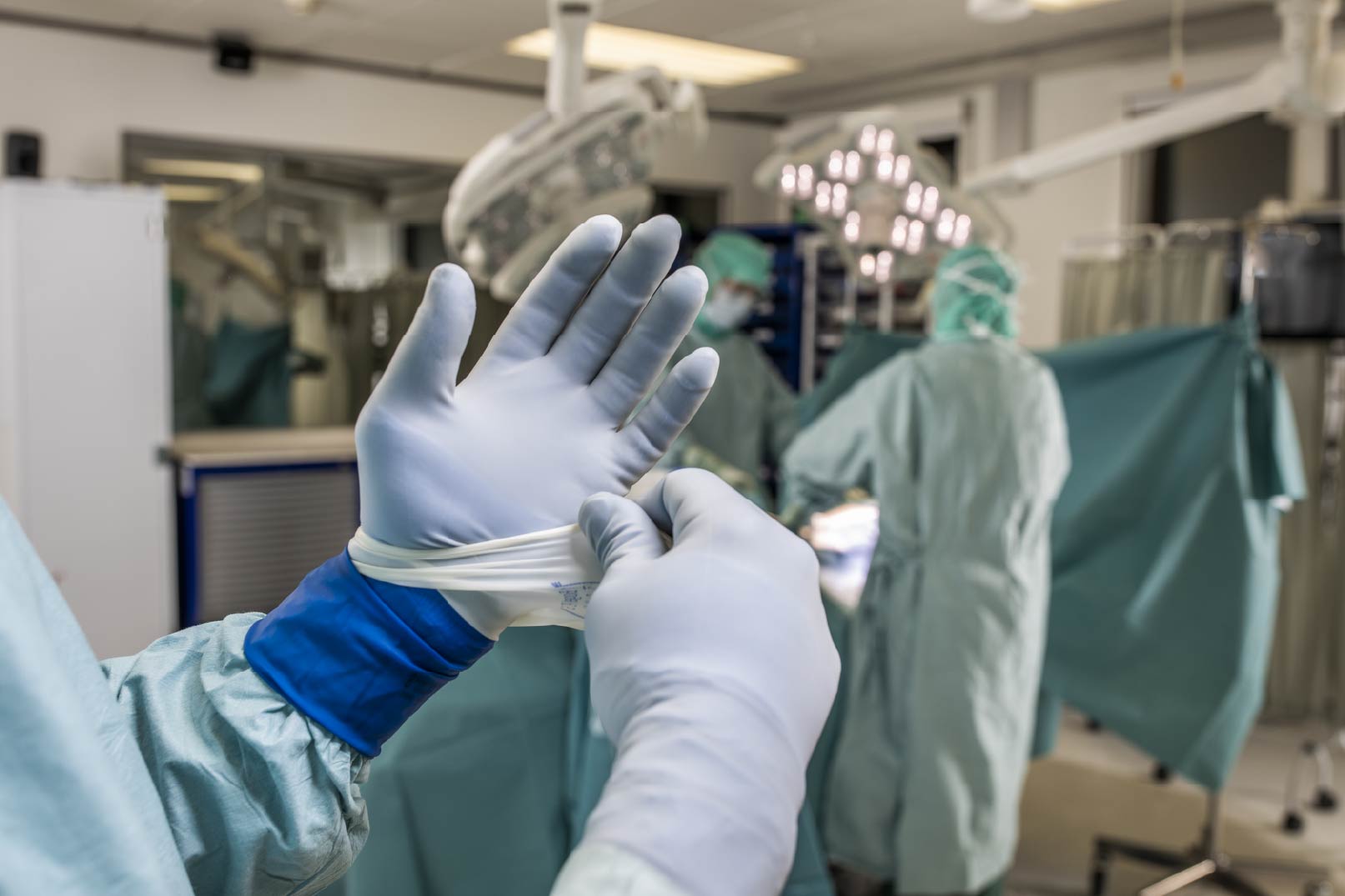
Gloves | 1 min read Creating a Consensus document for surgical gloving best practice – Part 1
Hands are the most important tool in the operating room and gloves are protecting the hands and are an essential part of maintain the aseptic barrier during the surgical procedure. Many glove users don’t know how gloves are made and the different materials they can be made of, and what impact that might have on durability and performance. Neither are most users aware that there is a wealth of styles of surgical gloves to choose from, with different fit on the hand. At the end of the day, these differences could actually affect surgical performance and safety as well as long term hand health. [Text & Image section] Dr Todd Brindle
-
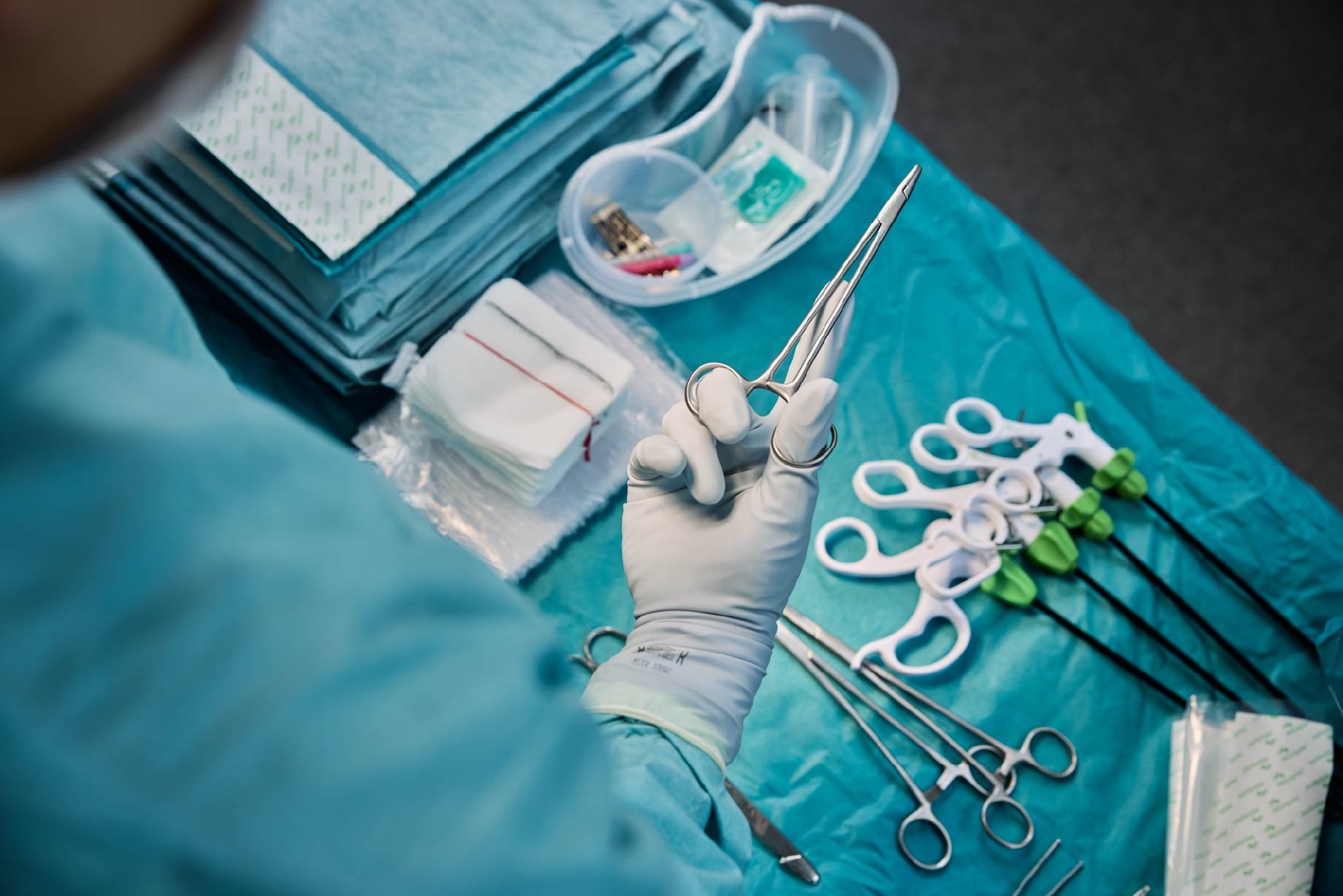
Gloves | 1 min read Creating a Consensus document for surgical gloving best practice - Part 2
In part two, Dr Brindle recognizes that different countries will have adopted their own gloving practice. The challenges to overcome as new recommendations for gloving best practice, entirely based on scientific evidence, are presented, is to make sure these are implemented with the evidence for why the change needs to happen clearly expressed. The systematic reviews talked about in this episode, will certainly clarify the need for the change to happen to ensure improve safety of the patient and the health care provider alike. [Text & Image section] Part 2 Todd Brindle
-
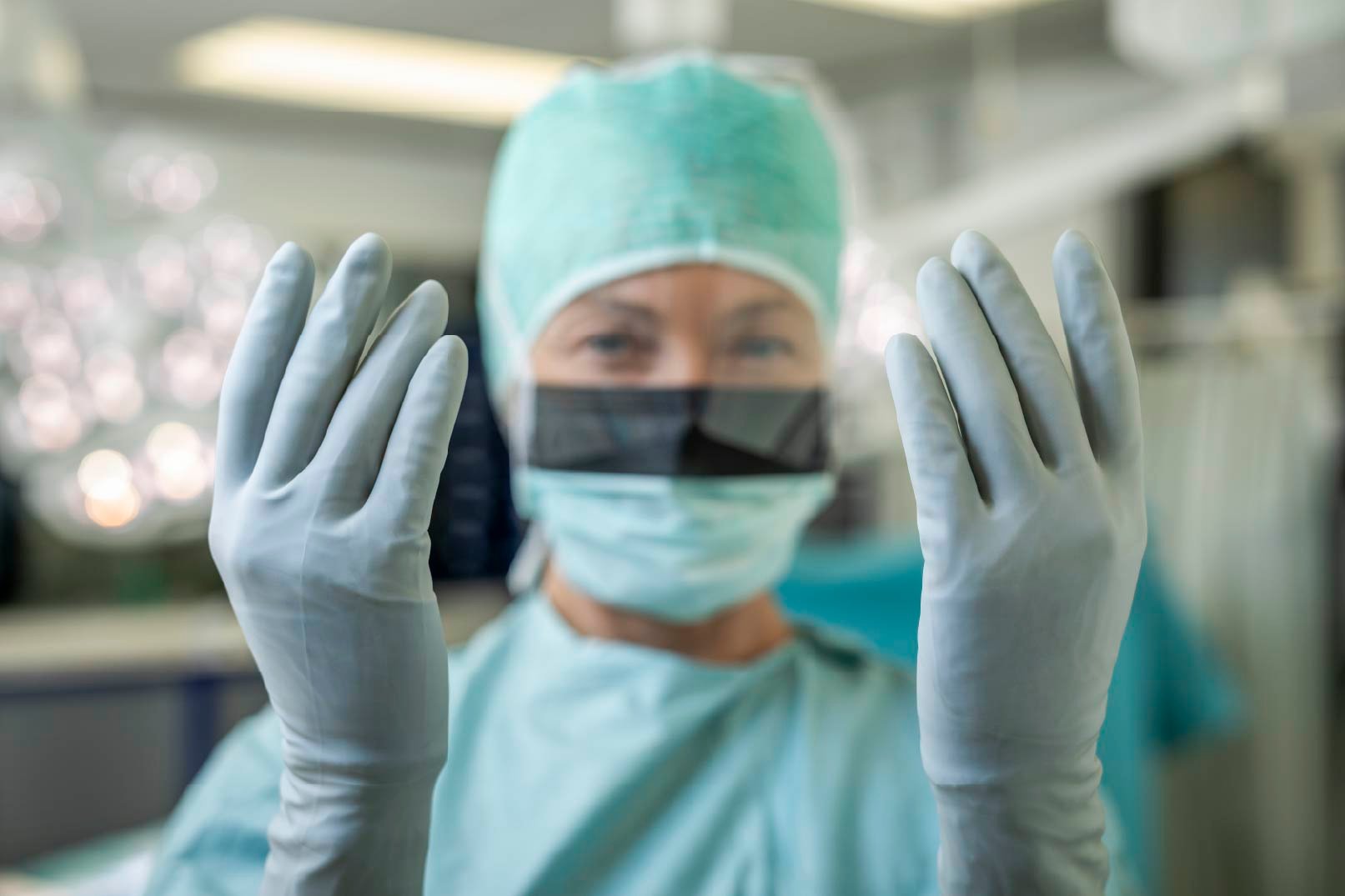
Gloves | 1 min read Balancing practice and theory in the OR
What better way to tackle OR challenges than to solve the problems observed in practice yourself? Combining the theory and practical observations, one clinician studied and shares her findings about preventive interventions in the OR. [Text & Image section] Camilla wistrand Practice to theory and back again Issues in everyday OR practice piqued questions and hypotheses that led to theory and research studies aimed to improve practice. Reducing SSI risk and increasing patient comfort From the use of preheated skin disinfection to bacterial moisture growth under sets of double gloves in surgery, the research finds that: Patient comfort can be increased Simple measures can be taken to reduce the risk of cross contamination for patients Double gloving as standard Camilla’s survey study found that 73% of nurses polled always use double gloves. Double gloving offers protection for yourself and even more so protection for patients, who are not awake during procedures and entrust OR staff to take care of them. Contact us to learn more Visit Clinical Learning Hub
-
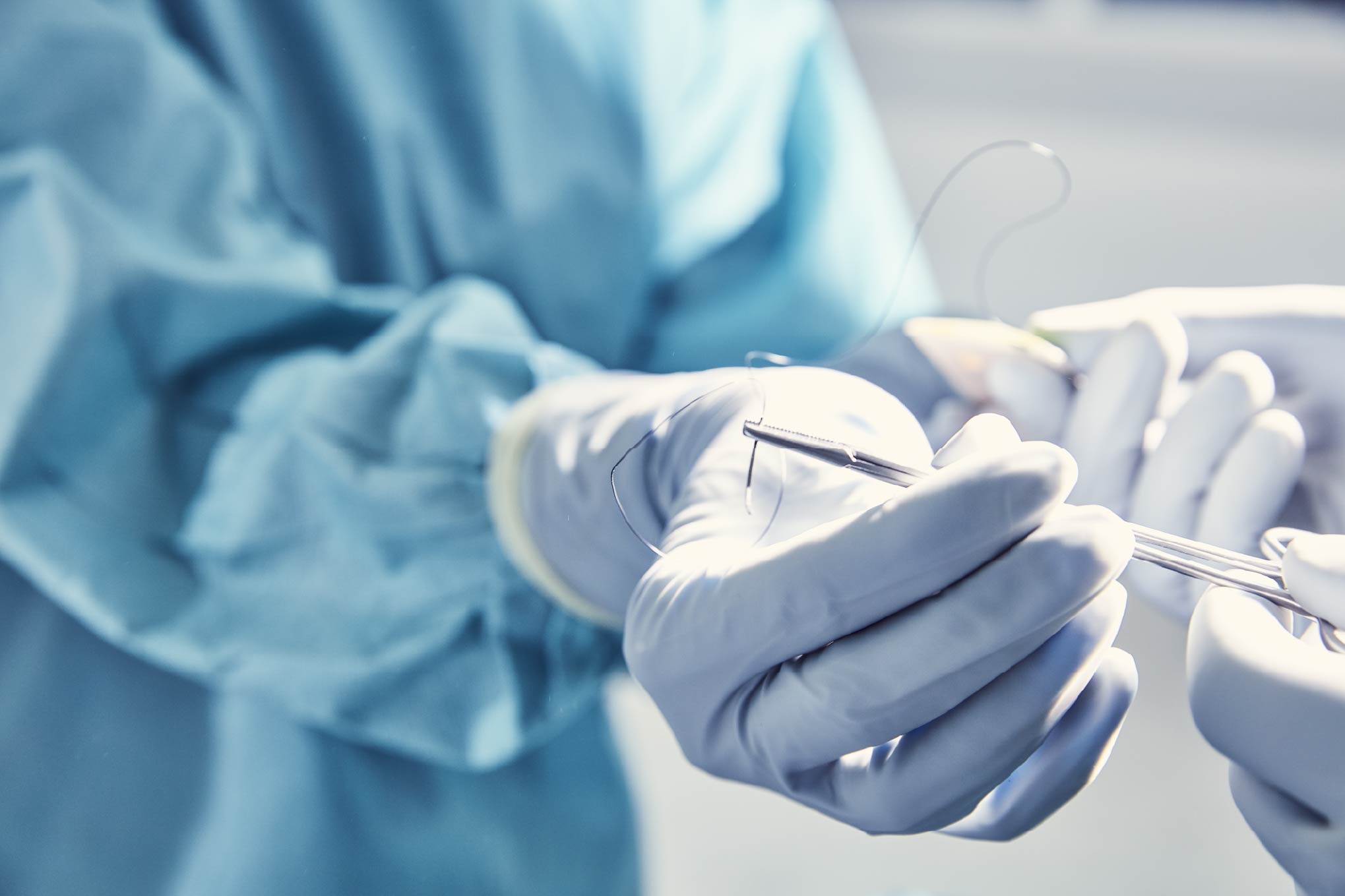
Gloves | 2 min read The role of chemicals in medical gloves
Chemicals in surgical gloves get a bad rap, but they are not always the bad guy. What challenges and opportunities drive the future of medical glove development? Can we create medical gloves without chemicals – and better yet, do we need to? Allergies, standards and innovation all play significant roles in the development of medical and surgical gloves. [Text & Image section] Hayden Williams Standards and measures Dr. Haydn Williams says no, in fact, it makes more sense to be able to apply standardisation to medical gloves to test and report residual chemicals in gloves. Chemicals yes, accelerators no Medical gloves without the use of chemical accelerators may be possible, but chemicals are here to stay – and they aren’t the bad guy. They are in the glove for a reason. Refocus Preserving the properties of gloves that practitioners – and especially surgeons – need will require that manufacturers focus on the removal of chemicals that might cause allergic reactions, reduce chemicals in the focus on different techniques to reduce chemicals in the final product and keep looking at innovations in manufacture to make gloves from which the accelerators disappears. Contact us to learn more Visit Clinical Learning Hub
-
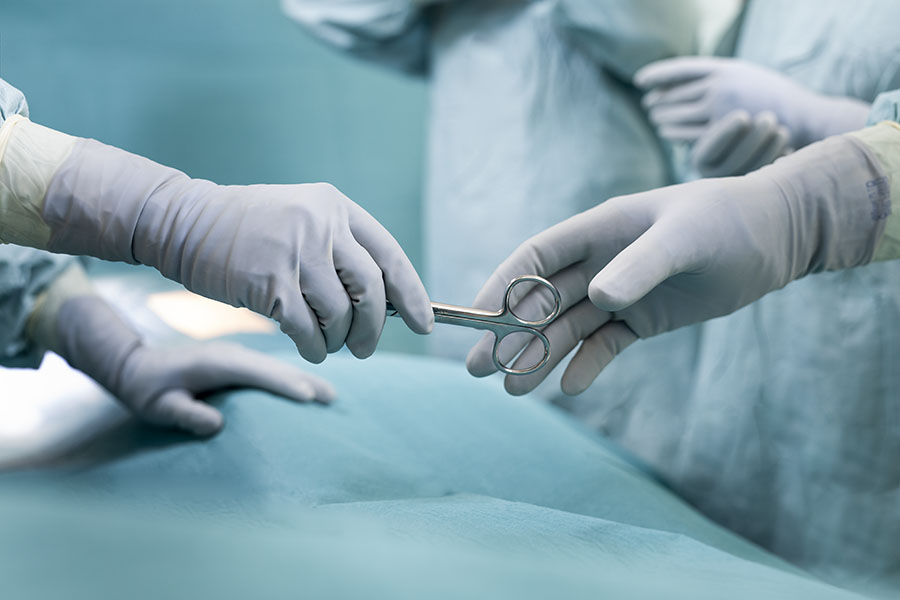
Gloves | 2 min read Protocol to practice: Single to double gloving
Taking a systematic approach to infection control in the OR requires looking at practices and routines. One among many factors that affect outcomes and build efficiency is the move to double gloving from a single gloving protocol. How? “How to implement new routines in practice?” Tackling infection control in the perioperative setting is fraught with challenges, but all patients have the right to receive care without facing unnecessary complications. [Text and image section] Gloves podcast Many factors can influence the patient outcome from an infection point of view, so it is important that these factors are optimised to optimise patient safety in the OR. One measure in the perioperative setting is moving from a single gloving to a double gloving protocol for surgical procedures contributing to infection control. Challenges to changes Double gloving, though widely adopted in the Swedish surgical context, hasn’t always been easy to implement. With statistics and evidence as well as implementation methodologies, surgical departments can move from challenges to changes. Motivating change If patient safety and potential risk reduction weren’t enough reason to double glove, the evidence backs double gloving practice. Healthcare organisations, such as the American and European CDC, support the adoption of double gloving. A solid, easy-to-follow model of implementation can make adoption easier. Change in the OR is challenging but possible, particularly with evidence and clear models of implementation available to motivate change. Shifting to a double gloving protocol is one such example where change can deliver a reduced risk of infection and better patient outcomes. Contact us to learn more Visit Clinical Learning Hub
-
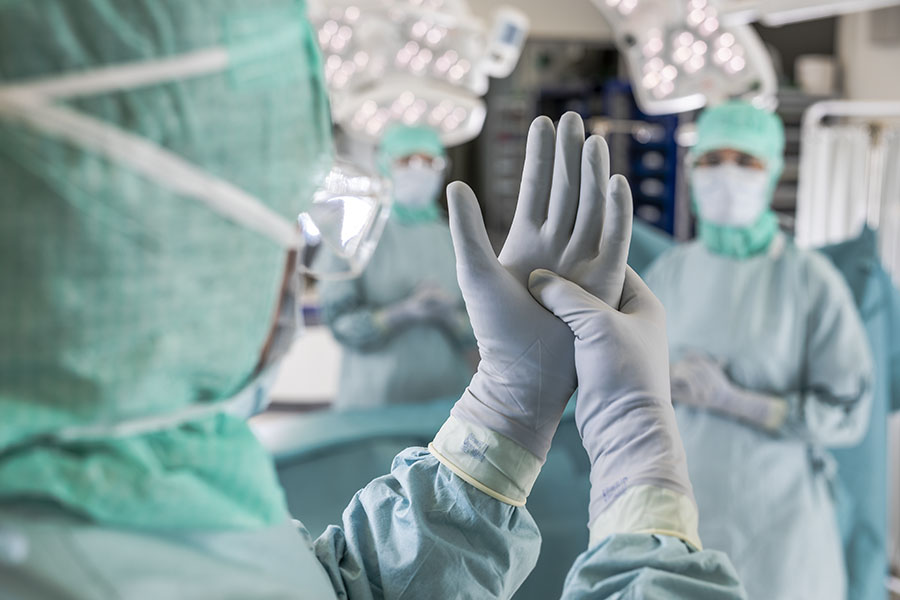
Gloves | 2 min read Strategies for active OR quality improvement
With rigorous surveillance measures, OR teams can reduce their infection rates and understand where in their OR workflow practices are working or not. In this podcast, our guest Jennie Wilson takes an objective look at OR practice and examines the practical resources and best practices available for preventing SSI and the change management and improvement science processes needed to make change across the practice. Surveillance is key. Starting in the 1980s, epidemiologist Dr Robert Haley started talking extensively on surveillance and measuring rates of infection, arguing that feeding that input back to clinicians was critical to improving practice and reducing infection. [Text & Image section] Jennie Willson Why construct a culture of safety? Hospitals with low infection rates have a strong safety culture within their OR teams, always reinforce best practice, and have good leadership in place to ensure that from the top down, safety is everyone’s responsibility. Implementing a safety culture Basic techniques and safety concepts can be applied in real-world practice. These include everything from skin protection and cleansing to patient warming, from draping to instrument handling. Overcoming barriers safety culture It’s necessary to think about how things are done to be able to do them better by demonstrating there is a problem (which requires surveillance and data), process mapping and plan-do-study-act (PDSA) processes. Driving change and new ways of working in the operating room is a challenge, but these improvements have a significant impact on reducing SSI and other patient outcomes. Driving change in the OR can make a big difference. Ready to learn more? Get in touch Visit Clinical Learning Hub
